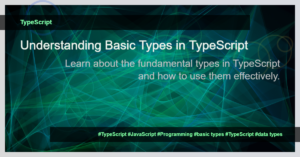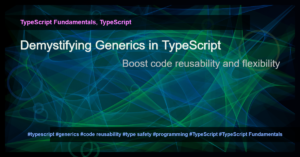Problem Statement
As Dart programmers, it is essential to understand the space complexity of our code. Space complexity refers to the amount of memory utilized by an algorithm or program during its execution. It helps us analyze the memory requirements of our code and identify areas for optimization.
Use Cases of Space Complexity
Memory Management: By understanding space complexity, we can efficiently manage memory allocation and deallocation, preventing memory leaks and optimizing memory usage.
Algorithm Design: Proper allocation of memory is crucial for designing efficient algorithms. Analyzing space complexity helps us identify potential bottlenecks and choose the most optimal approach.
Performance Optimization: By minimizing space complexity, we can improve the overall performance of our Dart programs. This is particularly important for applications with limited resources, such as mobile devices or embedded systems.
Strategies for Optimizing Memory Usage
Here are some strategies to minimize space complexity and optimize memory usage in Dart programming:
Use data structures efficiently: Choose the appropriate data structures based on their memory requirements and performance characteristics. For example, linked lists may be more memory-efficient than arrays for certain use cases.
Avoid excessive object creation: Creating unnecessary objects can lead to memory bloat. Reuse existing objects or consider using immutable data structures when possible.
Implement garbage collection: Dart provides automatic garbage collection, which helps reclaim memory occupied by objects that are no longer in use. Understanding how garbage collection works can aid in optimizing memory usage.
Analyze recursive functions: Recursive functions can lead to excessive memory consumption, especially if not properly optimized. Consider implementing iterative solutions or tail recursion to reduce stack space usage.
Use appropriate data types: Choosing the right data types can significantly impact memory usage. For example, using integers instead of floating-point numbers when precision is not essential can save memory.
Code Example: Calculating Fibonacci Sequence
Let’s take a simple example to understand the impact of space complexity on code performance. Consider calculating the Fibonacci sequence using a recursive function:
int fibonacci(int n) {
if (n <= 1) {
return n;
}
return fibonacci(n - 1) + fibonacci(n - 2);
}
Although this recursive function provides a clear and concise solution, it suffers from exponential time complexity and high space complexity.
To optimize space complexity, we can implement an iterative solution using a loop and two variables to track the Fibonacci numbers:
int fibonacci(int n) {
if (n <= 1) {
return n;
}
int a = 0;
int b = 1;
for (int i = 2; i <= n; i++) {
int temp = a + b;
a = b;
b = temp;
}
return b;
}
By replacing the recursive function with an iterative approach, we significantly reduce space complexity and improve the performance of our Fibonacci calculation.
Summary
Understanding space complexity is crucial for optimizing memory usage and improving the performance of our Dart programs. By analyzing the memory requirements of our code and implementing efficient strategies, we can ensure optimal memory utilization and enhance the overall efficiency of our applications. Remember to choose data structures wisely, minimize object creation, leverage garbage collection, and analyze recursive functions for space optimization. Happy coding!
Tags: Dart, programming, space complexity, memory management, coding, performance, algorithms, optimization, memory usage








